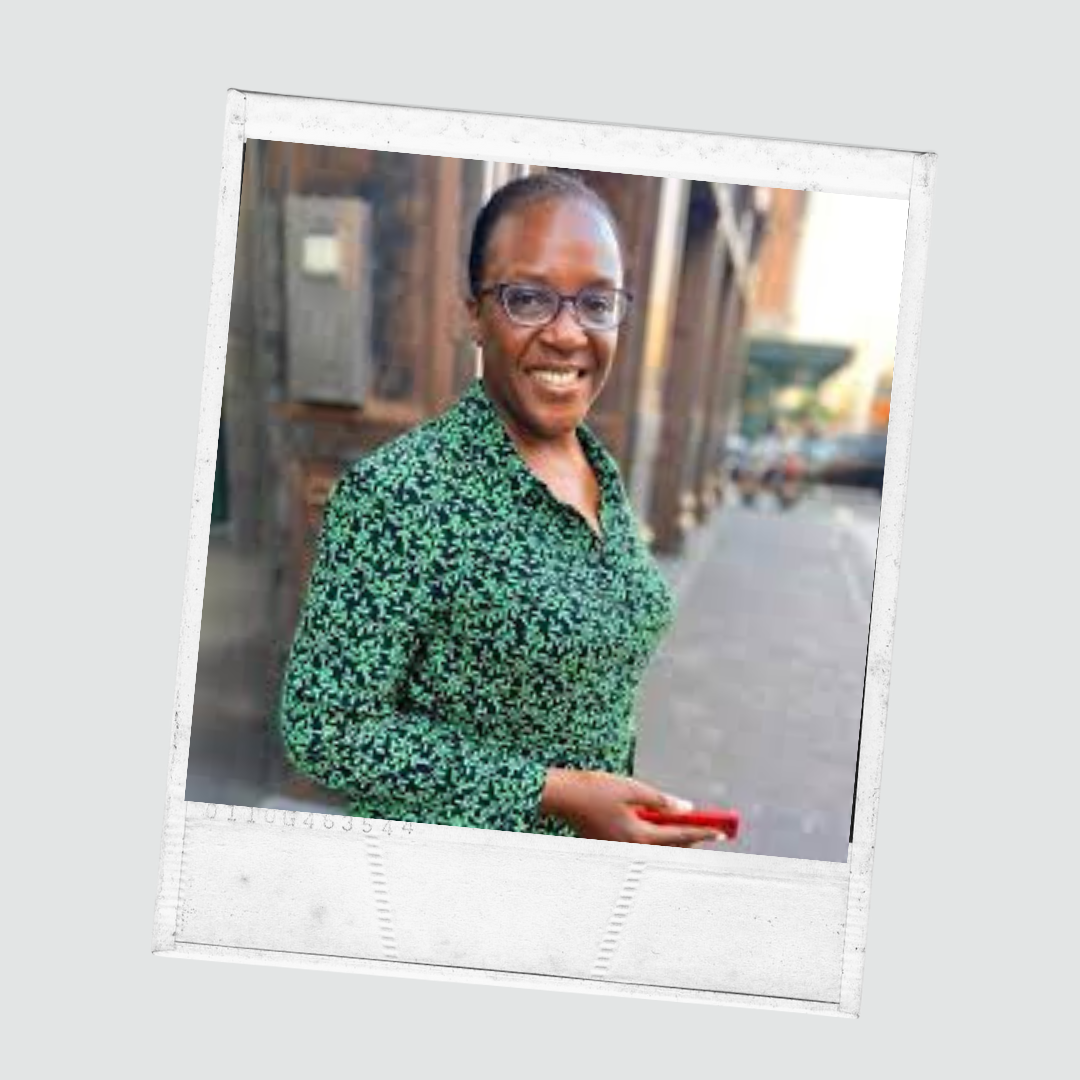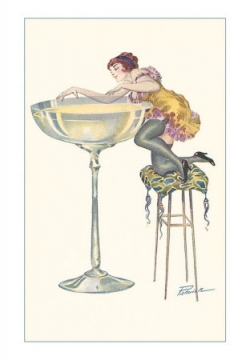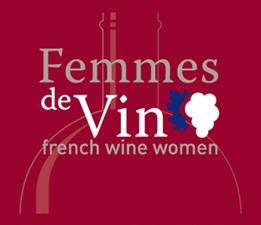Wine Unify, a nonprofit organization, founded to champion and promote diversity within the wine business, has announced Alicia Towns Franken as Executive Director.
Alicia has served as the Head of Mentorship and as a member of the Board of Directors since Wine Unify was officially founded in 2020. Described by her colleagues and mentees as “the heart” of Wine Unify, she brings with her firsthand experience of how the non-profit serves the wine community.
“We have all worked as volunteers at Wine Unify since the beginning, knowing that the most important priority for our donations was to go back to the awards and community-building goals we set for ourselves. We are thrilled to have reached a point in our growth where an Executive Director is both necessary for our growth and a natural part of our evolution,” says Wine Unify Co-Founder Mary Margaret McCamic, Master of Wine. “There is no one I would rather see steer this ship than my friend and colleague, Alicia Towns Franken.”
Board of Directors member Priyanka French stated, “Alicia has brought compassion, raw conversations, a sense of community and genuine relationship building into our Wine Unify program since its inception. We are so excited to see her step into this role.”
Alicia brings with her nearly 30 years in the wine industry. She began her career as the Wine Director for Boston’s famed Grill 23 & Bar, where she worked for over a decade to build one of the city’s most respected wine programs. She later worked as a sought-after wine consultant and event planner under her own business, Towns Franken Consulting. Most recently, she was the Vice President of the Wine Portfolio for Archer Roose, a canned wine company seeking to democratize the wine business. Ultimately, though, her passion for building community, working to champion a more diverse wine industry, and innate talent for mentoring young wine professionals led her to take on the role of Executive Director for Wine Unify.
“I could not be more proud of the work we have done at Wine Unify, and I cannot wait to lead this organization as we continue to grow. Giving back, being a part of change, and working to diversify the wine industry is what feeds my soul,” Alicia says of her new role.
To date, Wine Unify has given 95 awards to BIPOC wine professionals and enthusiasts. These awards include fully-funded courses through the Wine & Spirit Education Trust (WSET), sponsorship from Coravin, glassware from Stölzle and Gabriel Glas, as well as subscriptions from Jancis Robinson and more. These awards are one piece of the organization’s core mission to welcome, elevate, and amplify the voices of underrepresented minorities in the wine business.
#wineunify #womeninwine #womeninwinebusiness #bipoc #wineindustry #winetrade #winenews #wine #winelovers #winelovers #AliciaTownsFranken


![My Interview with: Olga Bussinello, Director, Consorzio Valpolicella – Italy [Women in Wine Business]](https://www.liz-palmer.com/wp-content/uploads/2016/03/IMG_5821-1200x1600.jpg)


